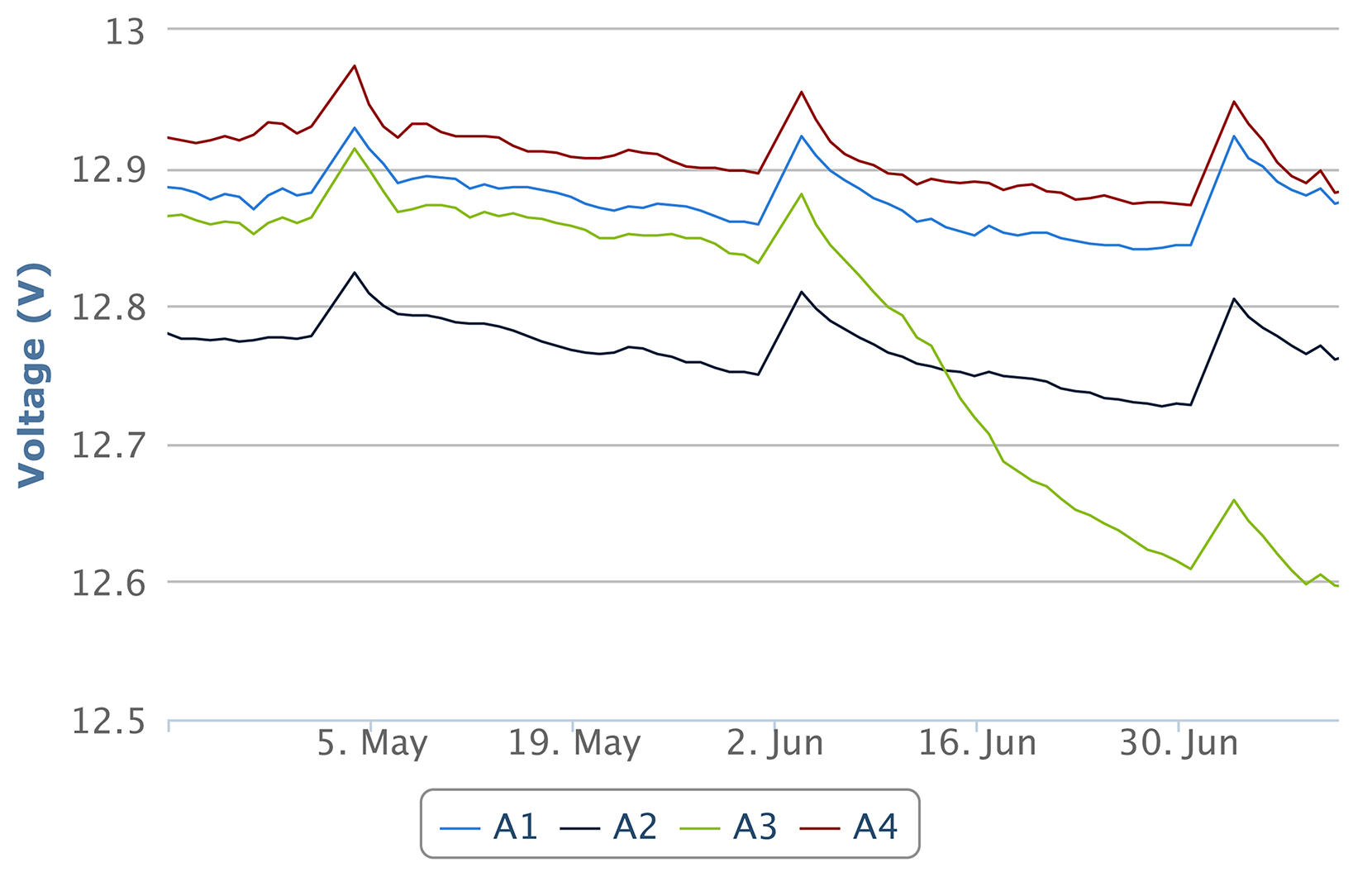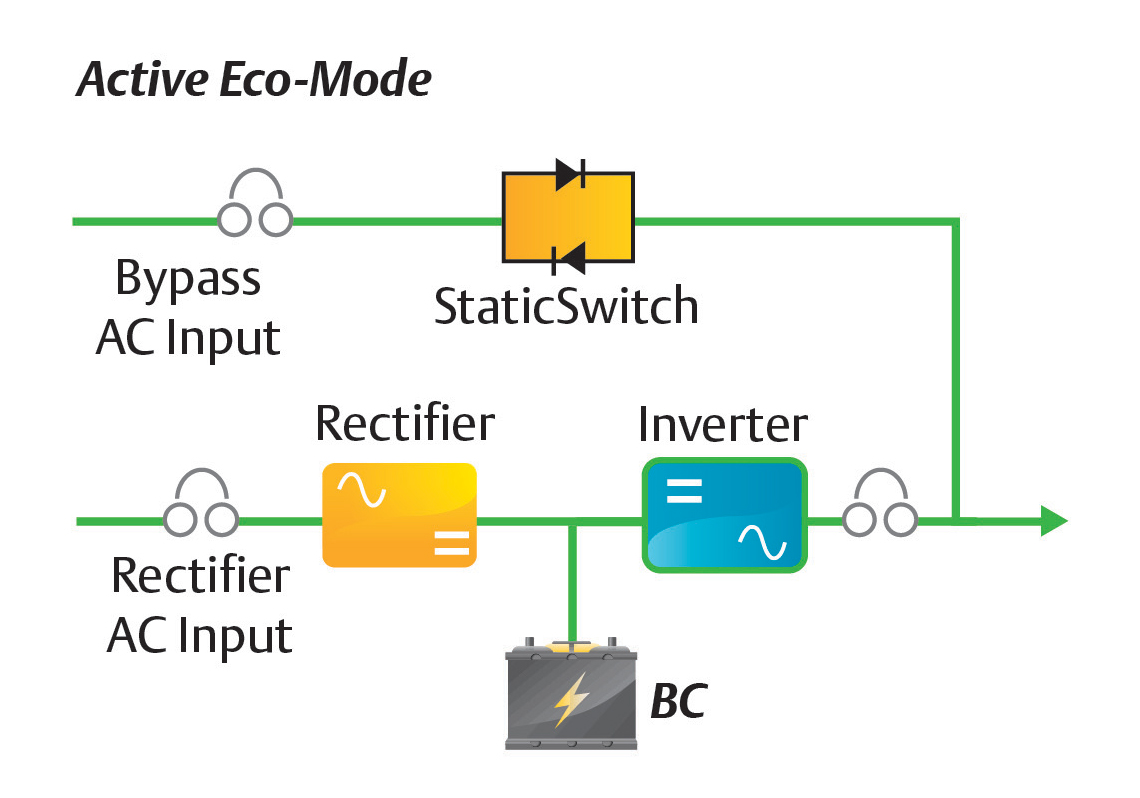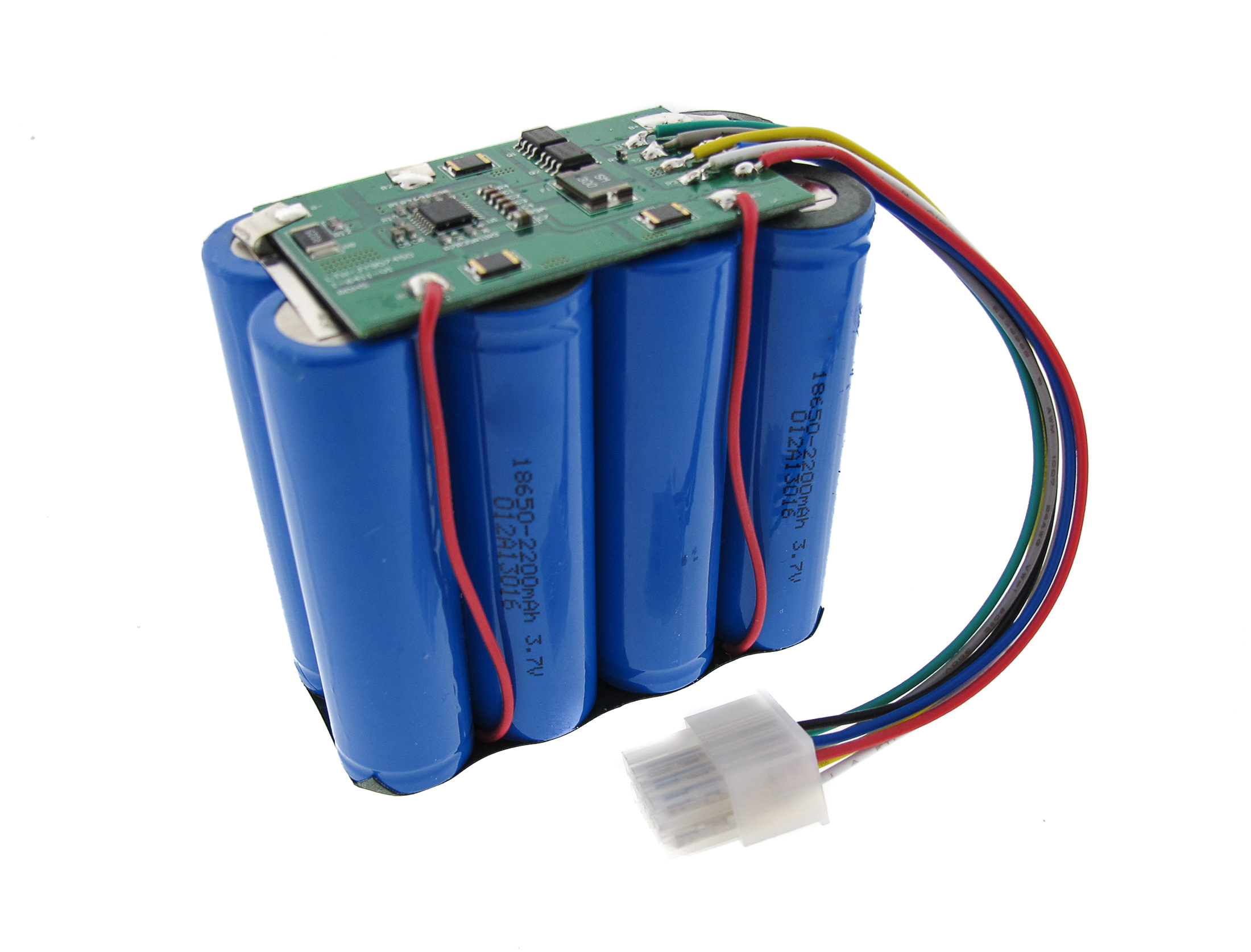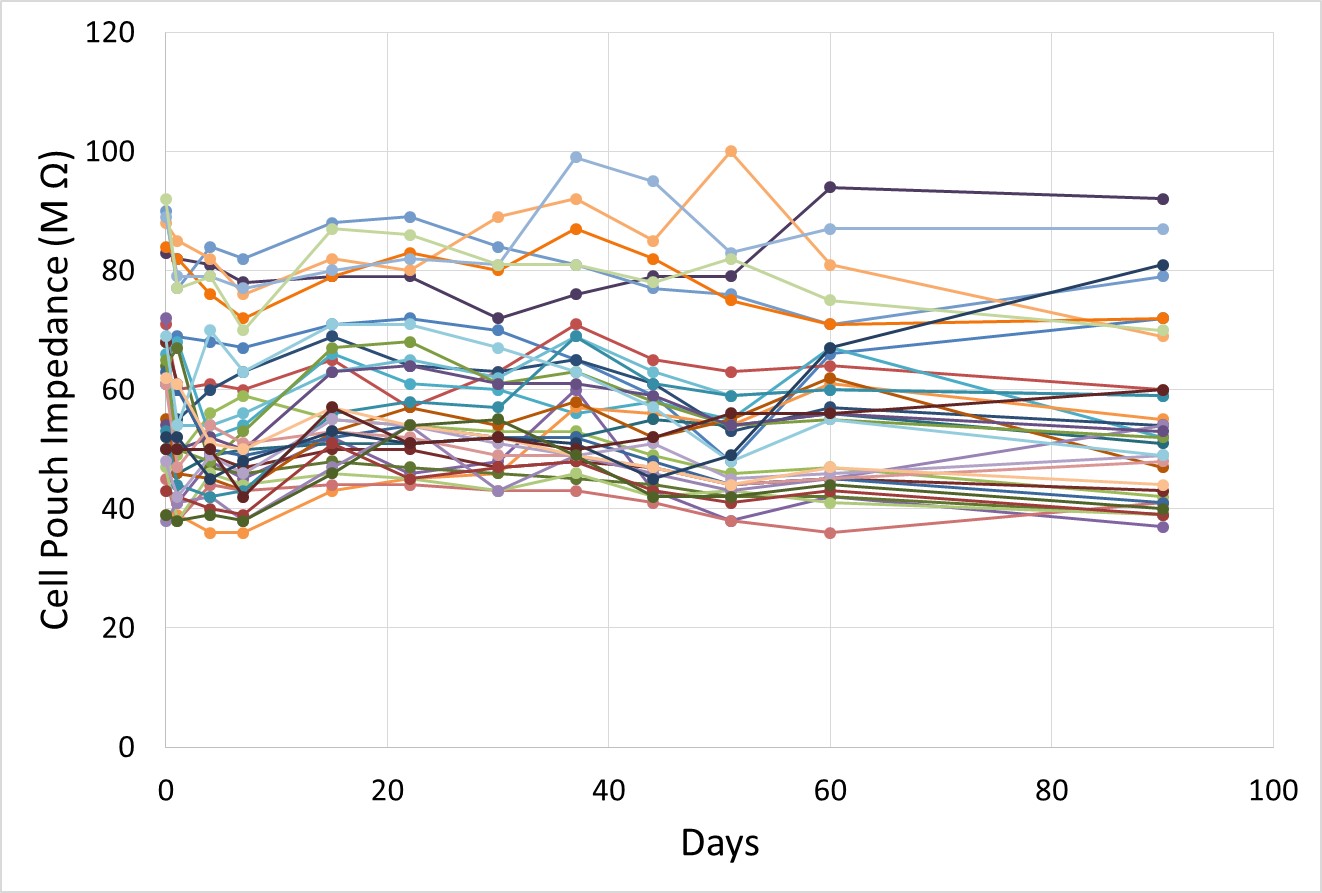Brian Hanking, CTO • Canara
Data centers are the hard drives of the Internet. In fact, Wikibon asserts them as “the center of modern software technology, serving a critical role in the expanding capabilities for enterprises.” Despite their importance, they are still victim of unplanned downtime, the majority of which can be attributed to battery failure of some kind. According to the Ponemon Institute, 91 percent of data centers have experienced an unplanned outage in the past 24 months, the cost of which rose from $5.6K a minute in 2010 to $7.9K a minute in 2013. Today, in 2016, the cost is thought to have doubled with the mounting demands on data centers and their ever-expanding reach through cloud and virtual technologies. As organizations increasingly rely on data centers to support their business operations, and those critical facilities rely on battery rooms and backup power infrastructure, the data center industry must change its mindset from reactively responding to downtime to proactively preventing it. Read more about Decades of Data: Using Analytics to Predict the Future …













